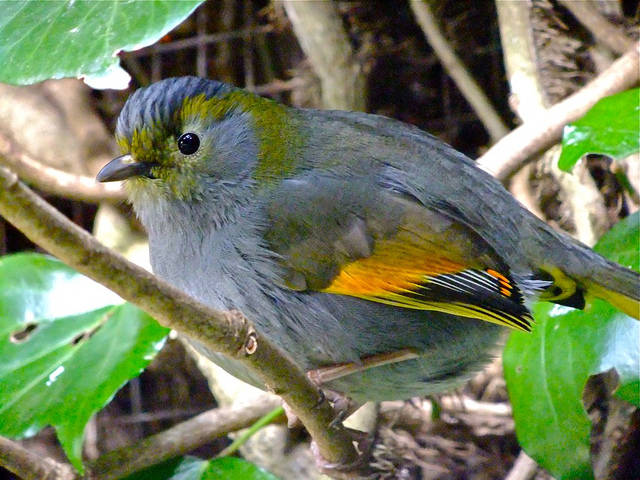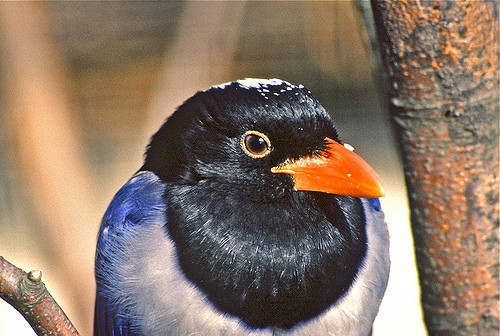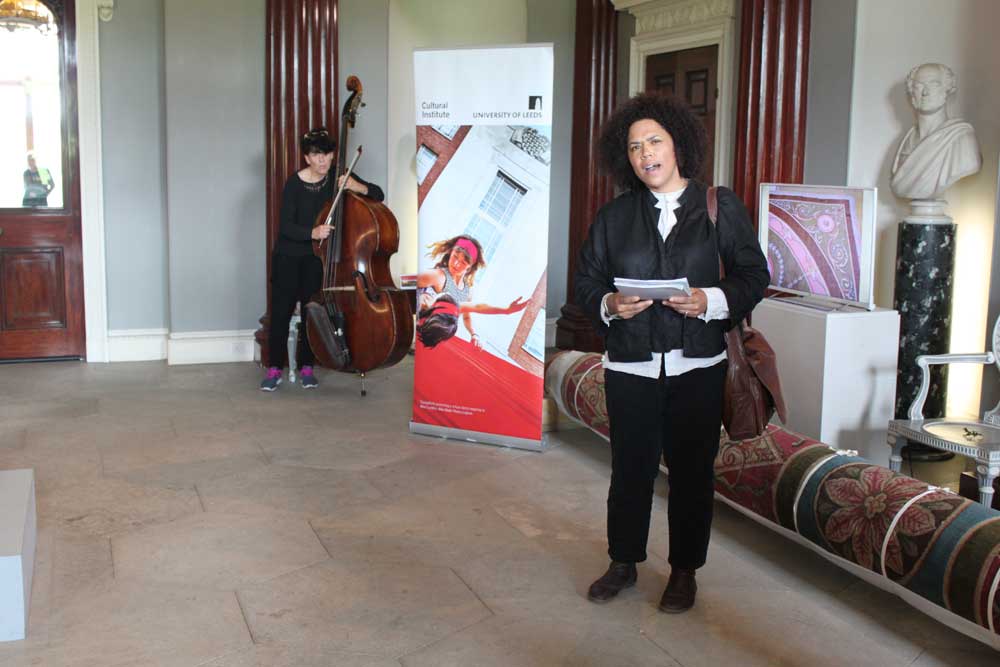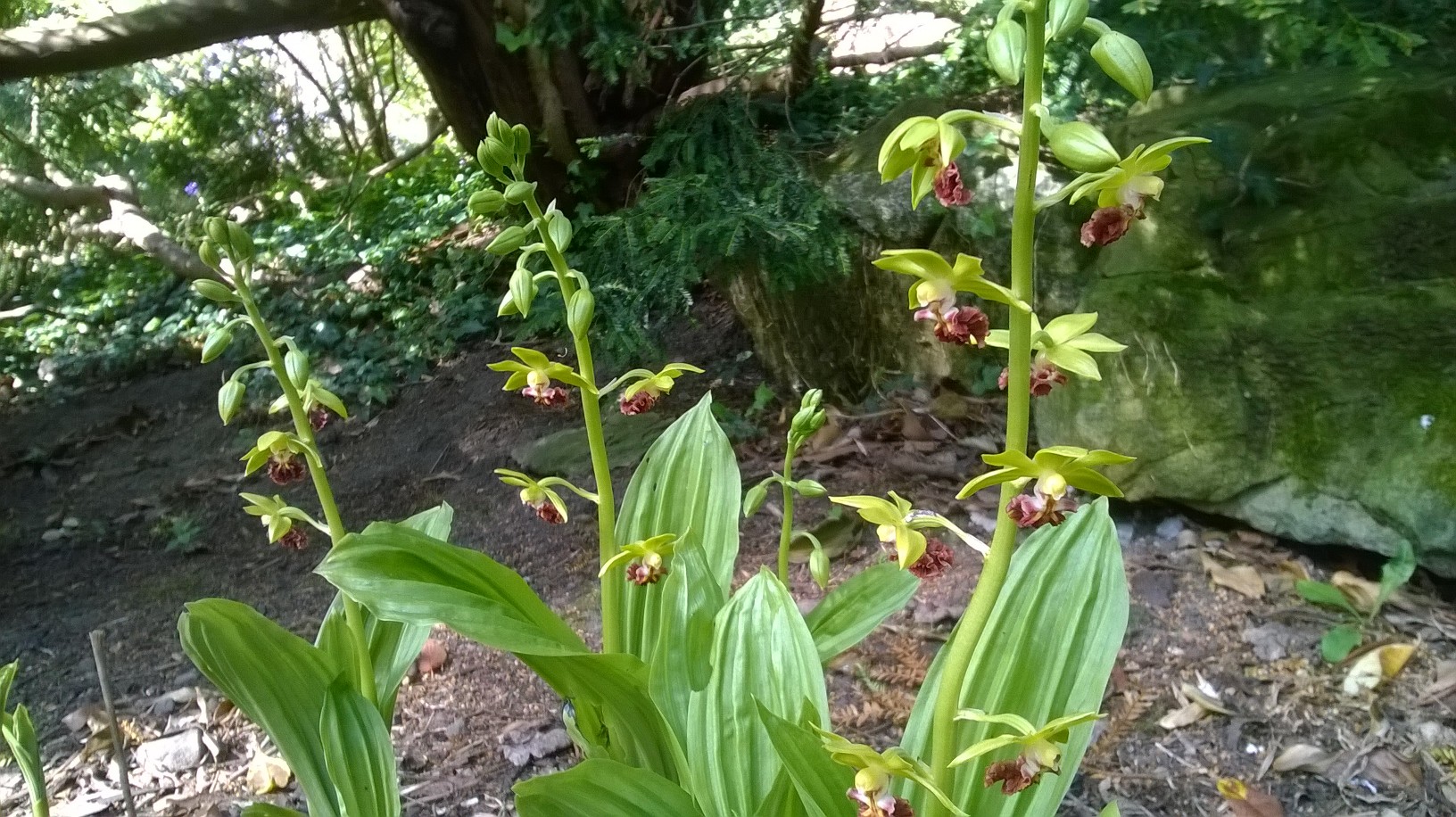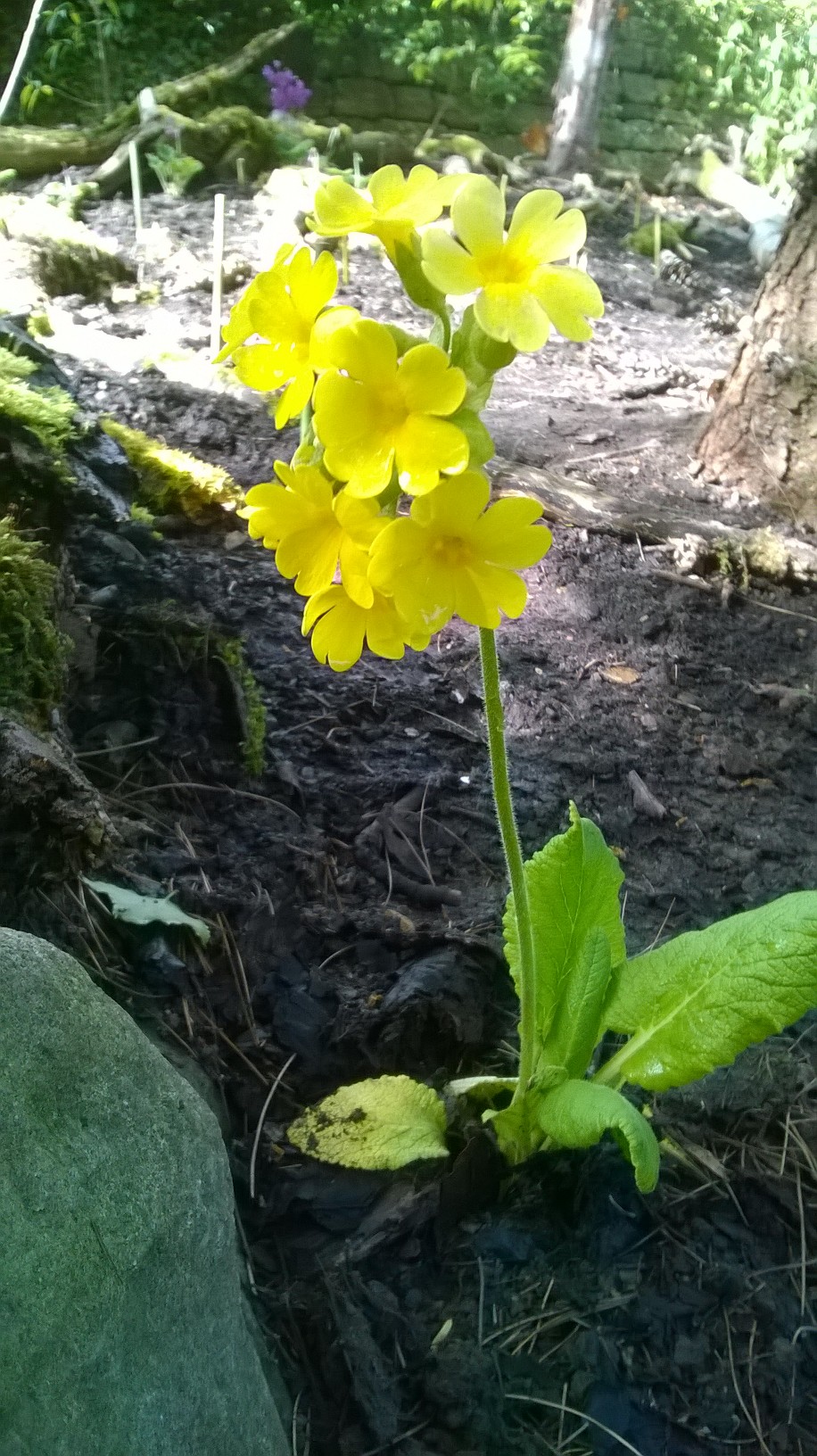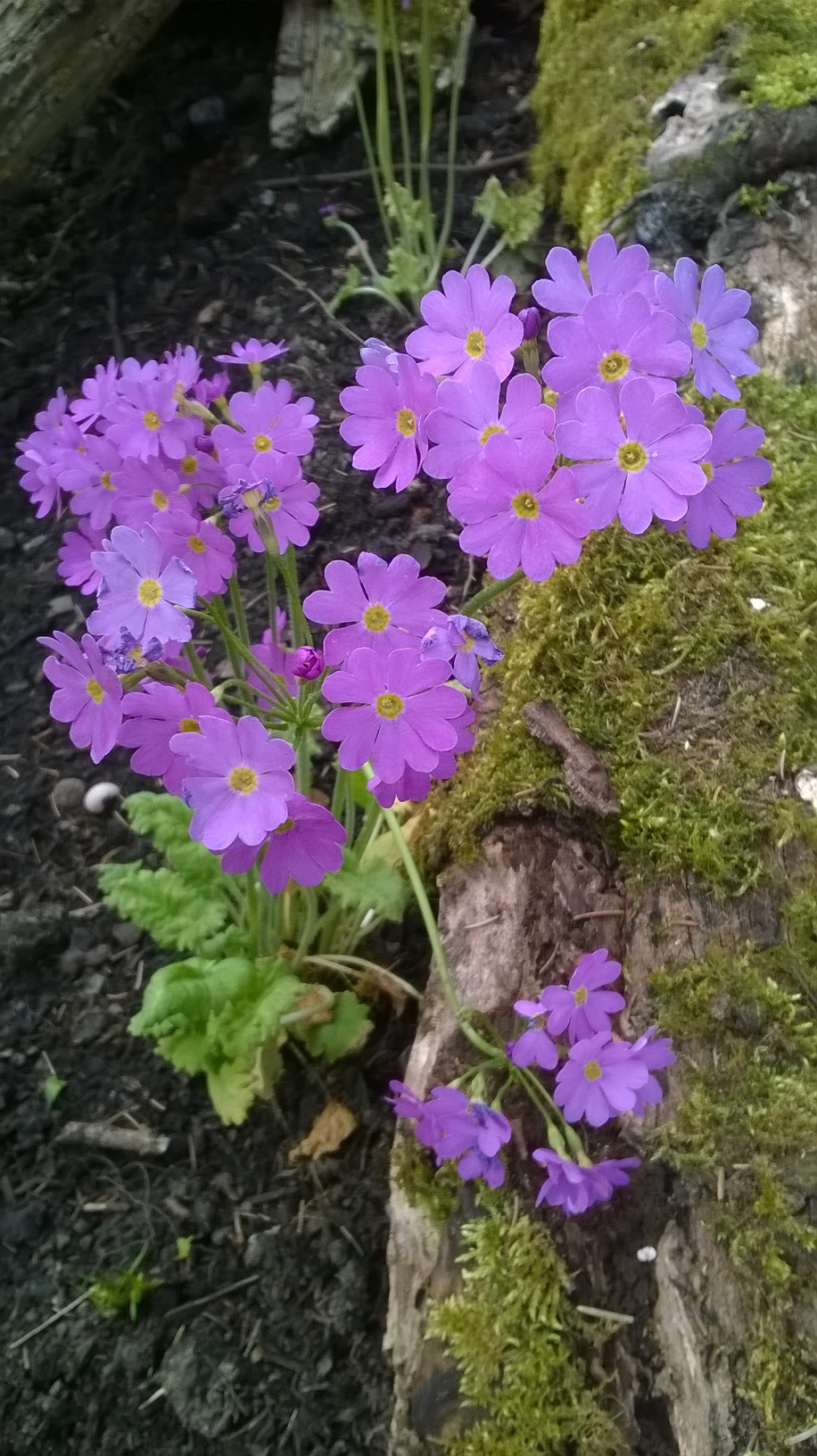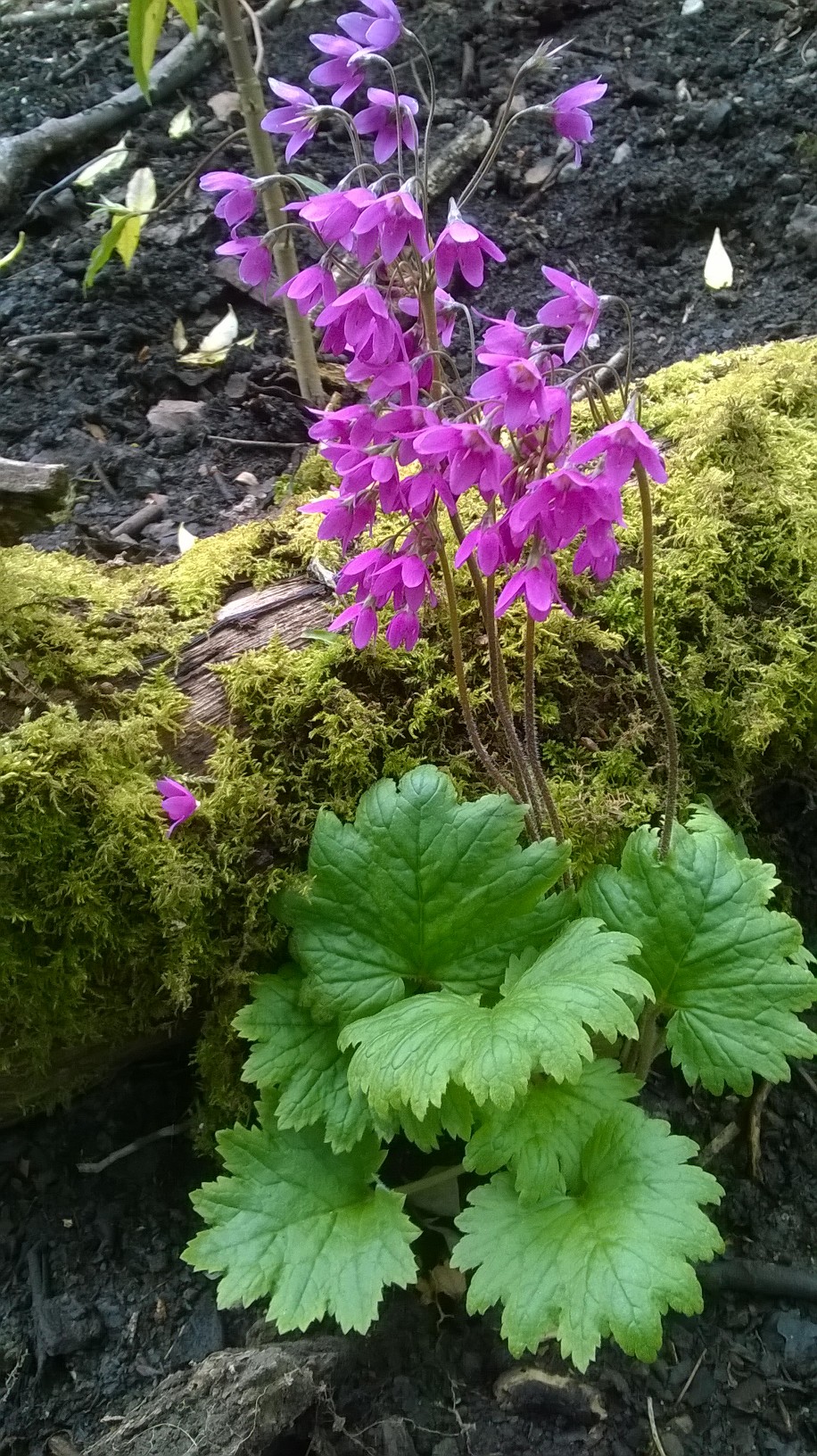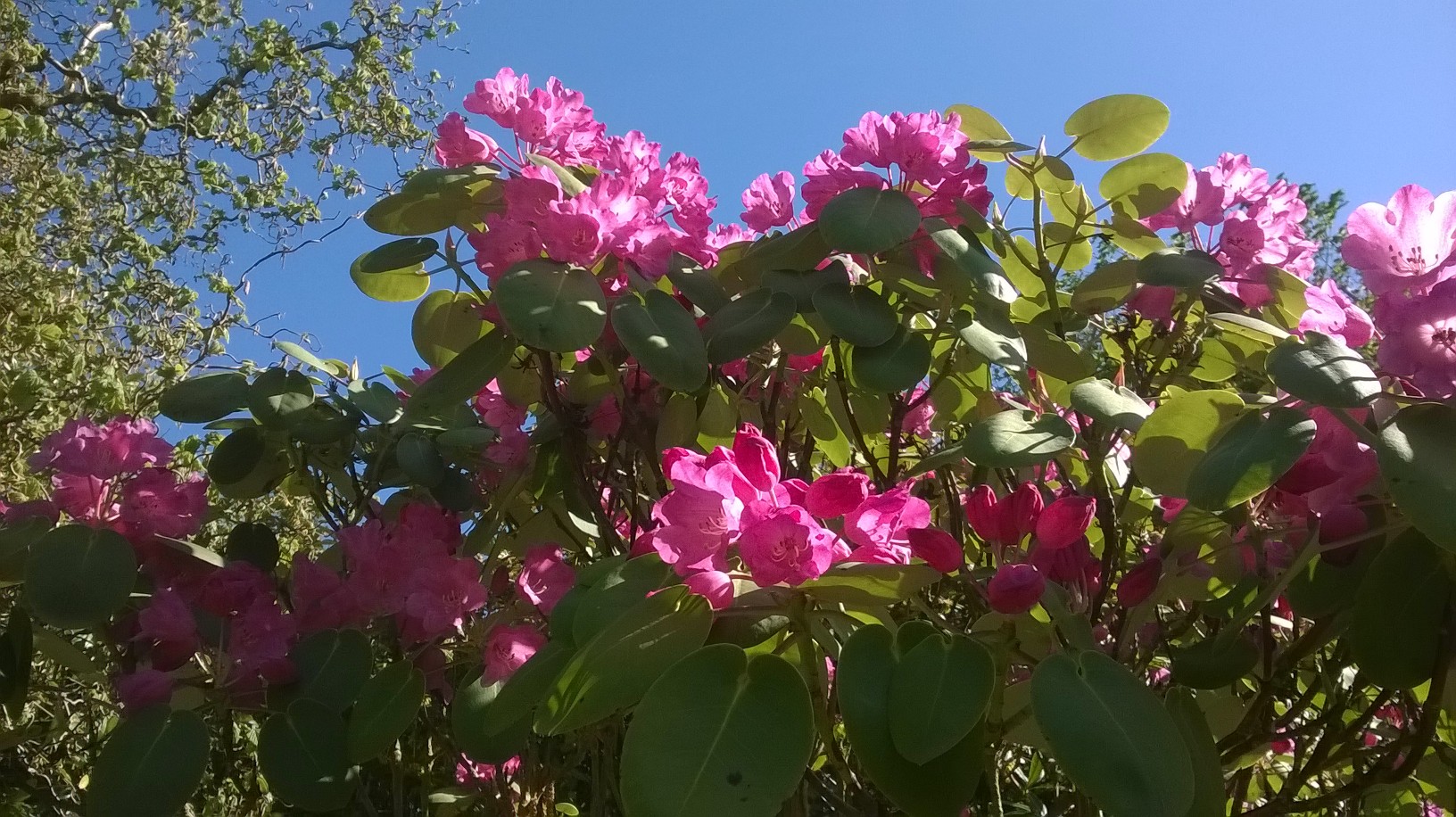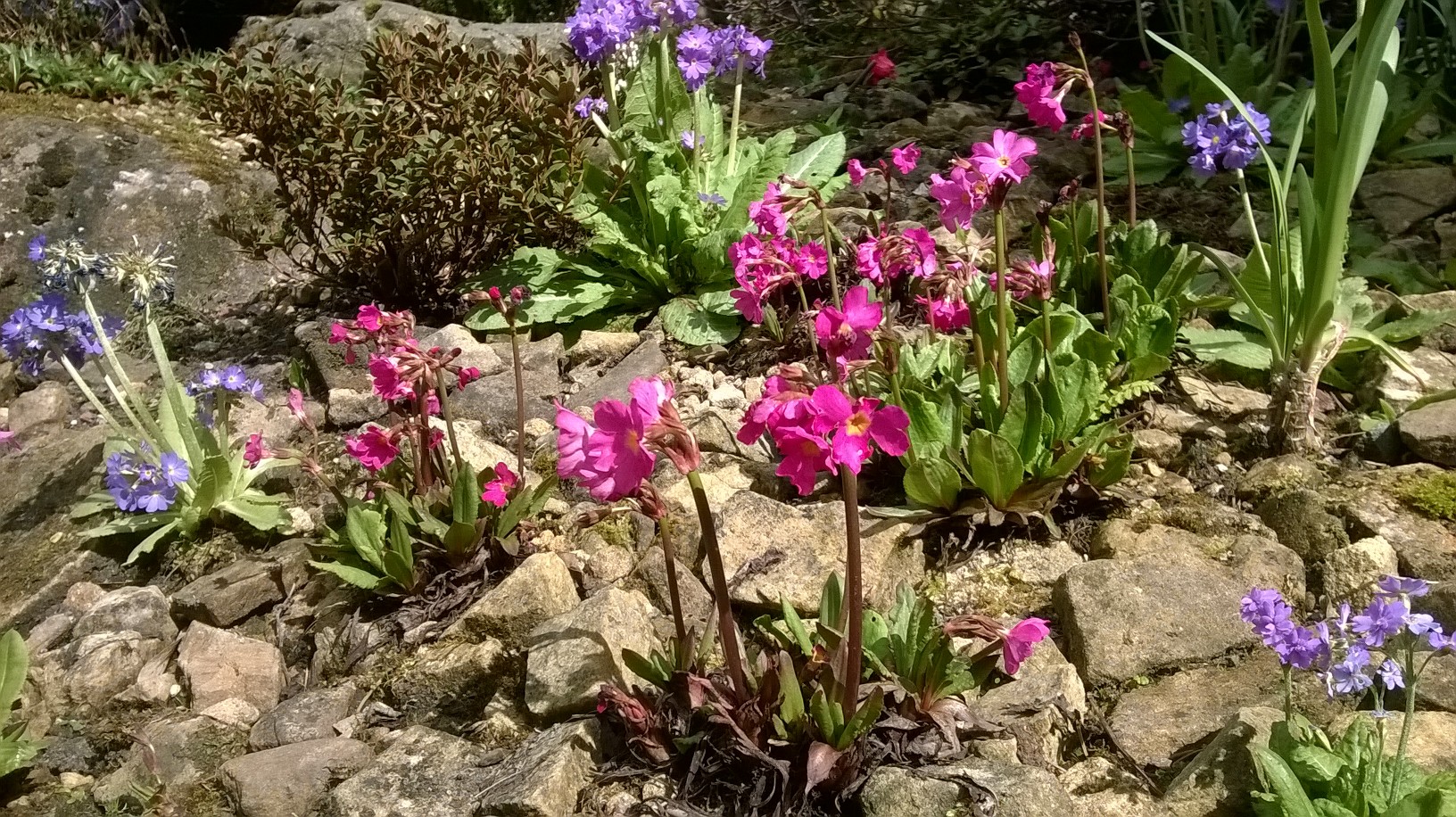In September 2007 to celebrate the bicentenary of the Abolition of the Transatlantic Slave Trade, Harewood House staged a production of Carnival Messiah a huge spectacular theatrical event. It’s creator was Geraldine Connor a theatre director, educationalist and musician from Trinidad.
Harewood’s David Lascelles was the executive producer and instigator in bringing Carnival Messiah to Harewood “We wanted to acknowledge our history but at the same time to celebrate the present, I don’t know of any more exuberant, more spectacular, more inclusive expression of contemporary Caribbean culture than Carnival Messiah.
Carnival Messiah
Carnival Messiah is a radical reinvention of George Fredrick Handel’s Messiah the production fuses together traditional and contemporary music, dance and carnival practices. The idea came from Geraldine’s desire to celebrate both her Caribbean and British roots.
It was first created with students at Bretton Hall, Leeds University where Geraldine was a lecturer and then performed at the West Yorkshire playhouse in 1999 and then in Trindad in 2003 and 2004.
The 2007 the production at Harewood House was performed over two weeks in a big top tent in the grounds of the Harewood Estate. With a cast of over a 100 community performers from Chapeltown, Leeds and legendary international artists.
Now a cultural landmark in both Leeds and the Caribbean, Carnival Messiah set the tone for what would become Geraldine’s enduring legacy, one of equality, diversity, empowerment, and inclusion in society through the Arts.
Geraldine Connor Foundation
After Geraldine Connor died prematurely in 2011, an arts organisation was established to continue her legacy.
The Geraldine Connor Foundation Geraldine’s works with people from all backgrounds to develop creative projects. Core to GCF’s work is the creation of opportunities in the Arts for talented young performers from diverse and challenging backgrounds. GCF’s creative projects cover the widest possible spectrum of art forms, and the organisation’s unique events and performances aim to enrich people’s lives.
Ultimately, GCF seeks to grow the family which Geraldine herself was at the heart of; a family of individuals whose lives were changed by her intense creative energy, her ability to see potential in people and her enormous generosity of spirit.
gcfoundation.co.uk
Carnival Messiah The Film
To celebrate 10 years since Carnival Messiah was last performed at Harewood House a film of the production has been created. Ashley Karrell the film maker was a friend and mentee of Geraldine’s and directed this lasting legacy.
The full version of the film can be seen as part of Leeds International Film Festival on Tuesday 7th November, 8.15pm at Leeds Town Hall for tickets please contact leedstownhall.co.uk

